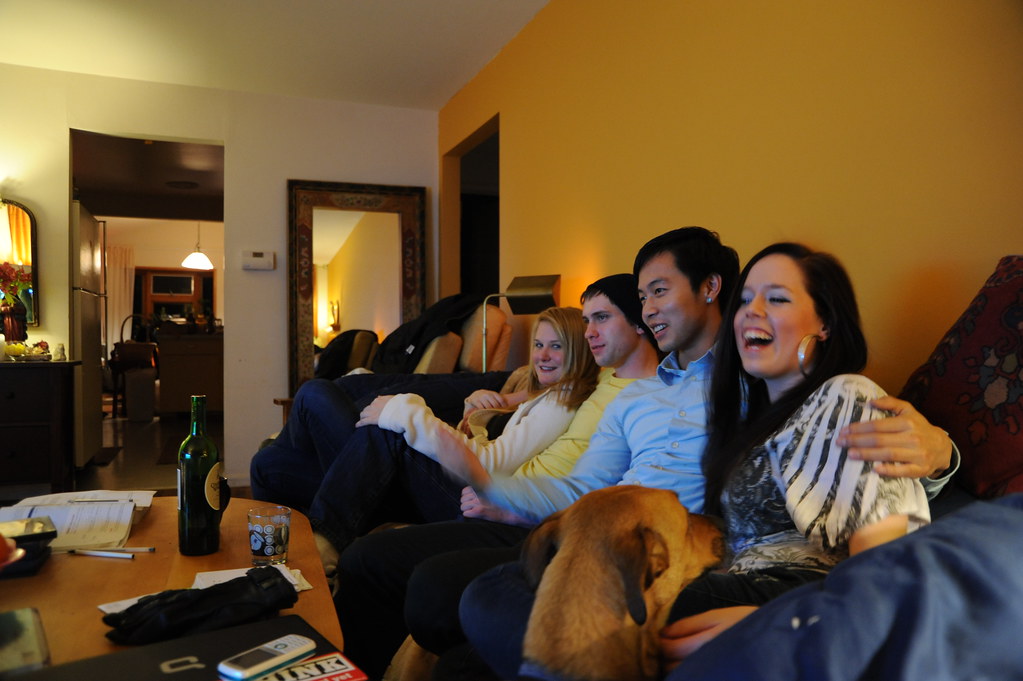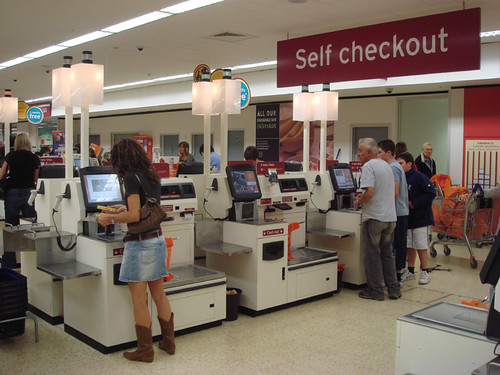
In an era increasingly dominated by technological integration, where self-checkout kiosks are becoming a ubiquitous fixture across major retail chains, one beloved grocer stands out by steadfastly refusing to join the tide. Shoppers frequenting popular retailers like Target and Kroger have grown accustomed to scanning their own items, but at Trader Joe’s, the human element remains front and center. This deliberate divergence from industry trends is not merely an oversight, but a core component of the company’s unique and successful business philosophy.
Indeed, the concept of self-checkout has been a rapidly growing trend in the grocery industry, making significant waves at retailers nationwide. Many stores are moving towards autonomous systems, with a 2022 Video Mining study indicating that self-checkout machines now account for 55% of all transactions. This surge is driven by the desire to reduce labor costs and the perception that customers can check out more quickly.
Yet, for Trader Joe’s, the decision is clear and resolute: no self-checkout kiosks will be appearing in their stores. This commitment was unequivocally reinforced by the company’s leadership during a recent podcast, firmly dispelling any rumors to the contrary. The stance is rooted in a deep-seated belief in the value of human interaction and the unparalleled experience that human cashiers provide.
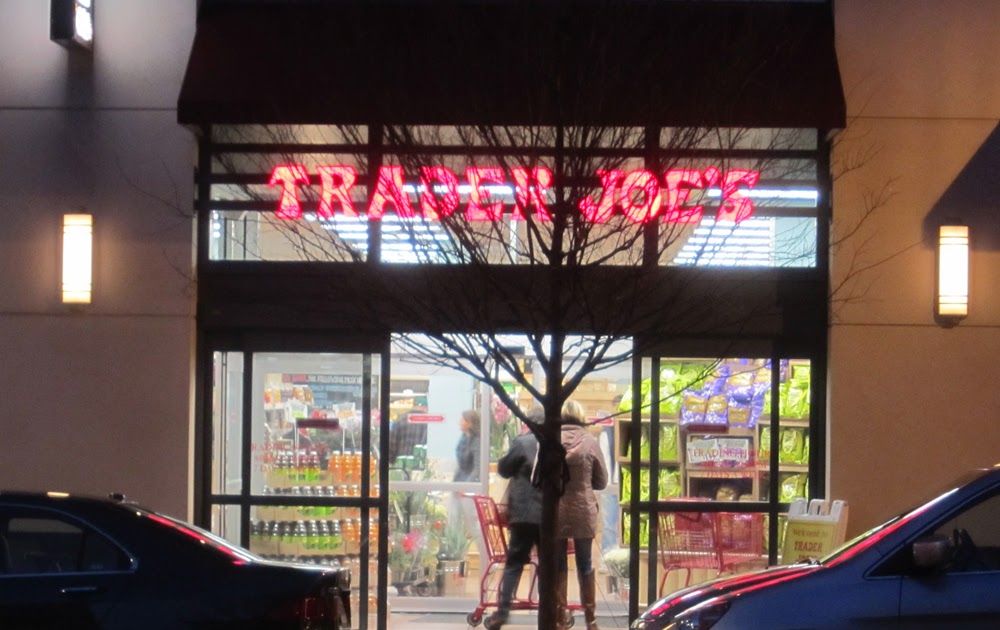
Trader Joe’s President Jon Basalone articulated this position with absolute clarity, stating that the rumor of self-checkout implementation was “as false as false can be.” This strong declaration leaves no room for ambiguity, underlining the company’s commitment to its established operational model. Their philosophy prioritizes the customer experience and the well-being of their dedicated crew members above all else.
Basalone further elaborated on his personal frustrations with automated systems, recounting a telling experience at a self-checkout kiosk. He shared, “I’m like, I do this for a living, and I can’t get this thing to work,” highlighting the often-problematic nature of these machines even for those familiar with retail operations. This personal anecdote underscores a broader issue of usability that many consumers encounter.
Adding to this sentiment, Trader Joe’s CEO Bryan Palbaum candidly voiced his disdain for self-checkout, labeling it “not fun” and asserting, “self-checkout is work… I don’t want that.” These remarks reveal a profound understanding of the customer’s desire for a frictionless, enjoyable shopping experience, one that should not involve additional labor on their part.

At the heart of Trader Joe’s enduring strategy is an unwavering belief in its people. Basalone emphasized, “We believe in people, and we’re not trying to get rid of our crew members for efficiency’s sake, or whatever the reasons people put self-checkout in.” This commitment to retaining and valuing human employees distinguishes Trader Joe’s from many competitors who view automation primarily as a means to cut costs and streamline operations.
While other chains like Sam’s Club are deploying advanced technologies such as autonomous floor scrubbers with shelf-scanning sensors and exploring the use of robots for stocking, Trader Joe’s has intentionally chosen a more traditional, human-centric operational approach. They view product innovation and the expansion of the brand with more locations as their primary drivers of “newness” and excitement, rather than technological gimmicks.
The widespread adoption of self-checkout has not been without its drawbacks for consumers. A survey of 1,000 shoppers revealed that a significant 67% had experienced a failure at the self-checkout lane, leading to frustration. These common errors have even spawned numerous memes and TikTok videos, reflecting a collective exasperation with the often-flawed technology.
Experts concur that the self-checkout experience is far from perfect. Sylvain Charlebois, director of the Agri-Food Analytics Lab at Dalhousie University, noted, “We’re in 2022. One would expect the self-checkout experience to be flawless. We’re not there at all.” Beyond customer annoyance, these machines are expensive to install, frequently break down, and have been linked to higher rates of shoplifting and losses for stores.
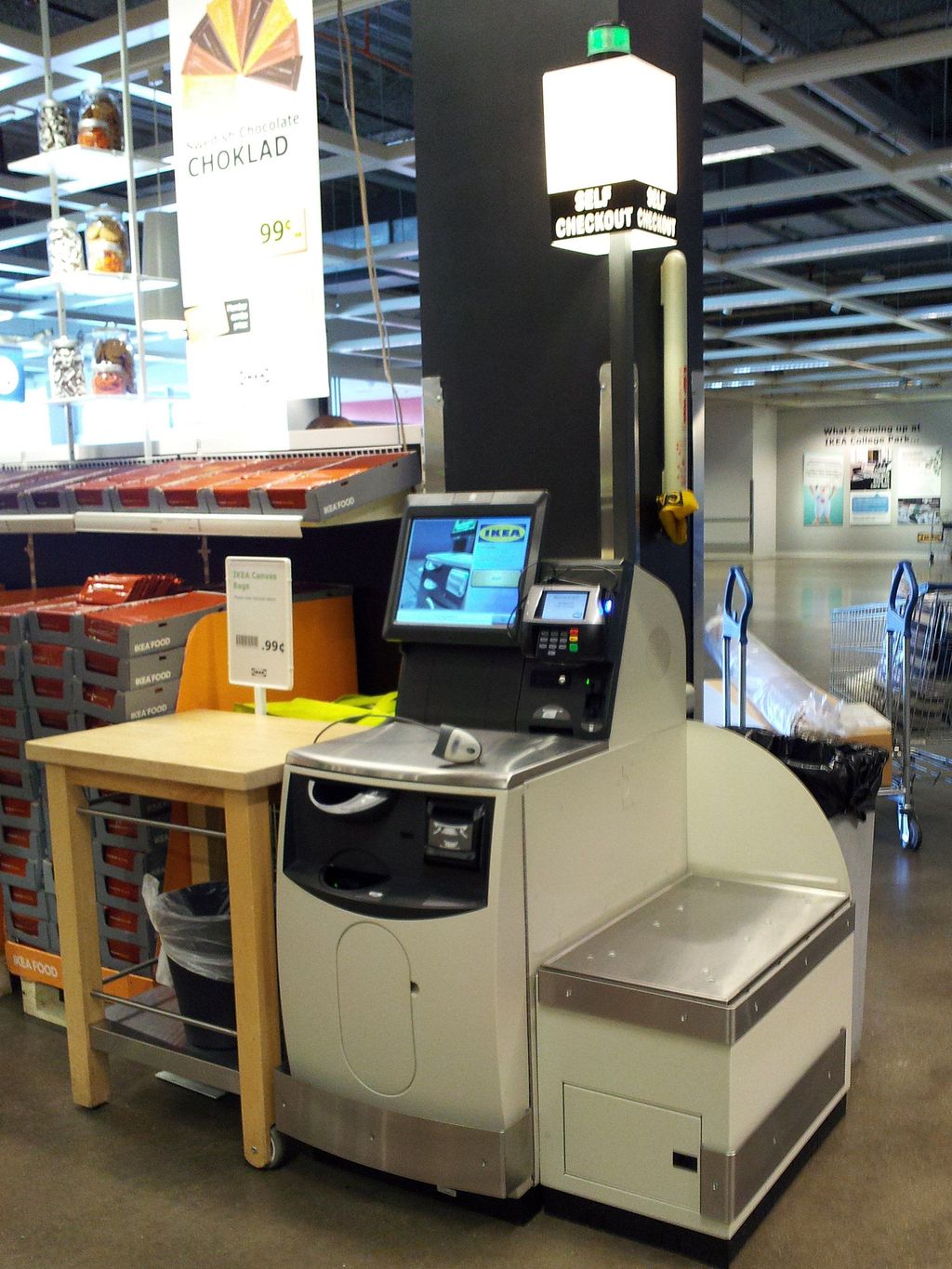
Despite these issues, retailers continue to invest in self-checkout, often because customers perceive them to be faster than traditional cashiers, even with little evidence to support this claim. The act of the customer performing the work, rather than waiting, can create a subjective feeling of quicker progress. However, for Trader Joe’s, this perceived efficiency does not outweigh the tangible benefits of human interaction.
Trader Joe’s commitment to its distinctive model extends beyond the checkout counter. The privately held chain actively forgoes other common retail practices, such as offering mobile apps and loyalty programs. This decision is deliberate, as representatives from their marketing department explained that implementing a loyalty program would necessitate “more complicated relationships with manufacturers and closer tracking of individual customers’ purchases.
Instead of tracking individual purchases, Trader Joe’s opts for a simpler, more streamlined approach. They prefer to “track overall sales of products to determine how to stock its shelves,” a method that does not require collecting customer information like email addresses, phone numbers, or card swipes. This strategy not only simplifies operations but also results in significant savings in product development.
Furthermore, Trader Joe’s steadfastly refuses to list its products online or offer any form of delivery or pickup orders. Even amidst the unprecedented challenges of the pandemic, the company maintained its stance, choosing to continue operations without any grocery pickup or delivery options. This decision contrasts sharply with the digital pivot seen across much of the retail sector.
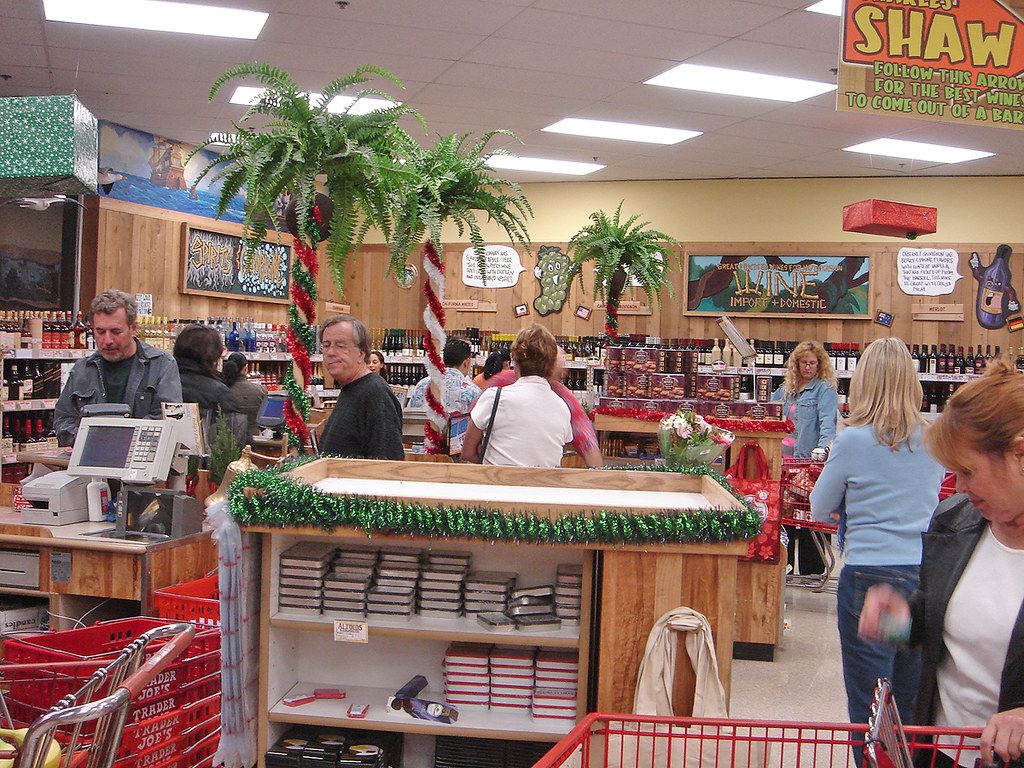
Tara Miller, VP of marketing, articulated the rationale behind this choice, explaining that while online customers typically shop with a product or brand already in mind, the Trader Joe’s experience is intentionally designed to be more like a “treasure hunt.” Customers are actively encouraged to peruse the aisles, exploring the constantly rotating selection of products, a practice that frequently leads to a larger, more adventurous cart purchase.
The logistics of implementing delivery or curbside pickup also pose significant challenges for Trader Joe’s. Given that their stores are often smaller, intentionally designed with a limited footprint, they are frequently overcrowded. Adding more people or cars for pickup, or converting space for online order fulfillment, could make the shopping experience unbearable and prove incredibly difficult to implement effectively.
Matt Sloan, Trader Joe’s vice president of marketing, highlighted the immense undertaking involved in creating such online services. In a 2020 company podcast, he explained, “It’s something that takes months or years to plan, build and implement, and it requires tremendous resources.” Such a massive investment could potentially force the company to raise prices or cut employee pay, outcomes that Trader Joe’s seems determined to avoid.
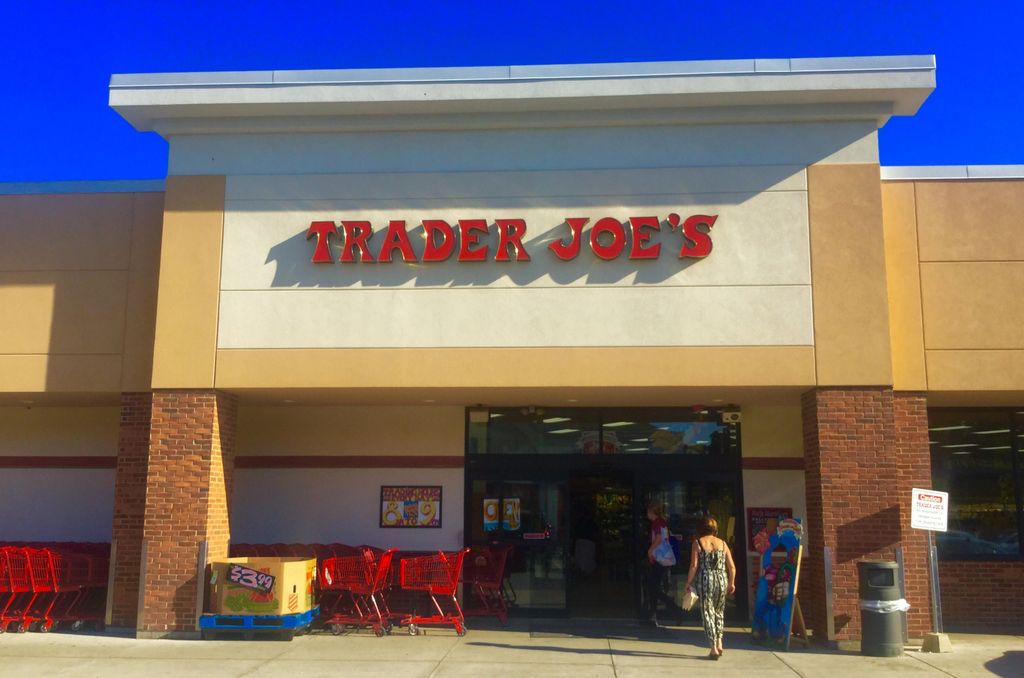
Central to the Trader Joe’s appeal is the emphasis on the personal touch. The company’s philosophy revolves around providing a friendly and personalized shopping experience, which they firmly believe is best achieved through face-to-face interactions with their customers. This direct engagement fosters a unique environment where every customer feels valued and genuinely attended to.
Trader Joe’s is renowned for its helpful and personable staff, who are considered a cornerstone of the brand. Bryan Palbaum mentioned that Trader Joe’s specifically hires cashiers not only for their transaction handling abilities but also for how personable they are. This strategic hiring ensures that workers are attentive, knowledgeable, and capable of brightening a shopper’s day, enhancing the overall in-store experience.
The commitment to exceptional customer service is evident in their practices, even during challenging times. For instance, during the height of the pandemic, when shopper numbers were limited, Trader Joe’s crew members were observed handing out free water to those waiting in line and systematically sanitizing every cart. This dedication reinforces the supportive and consistent crew experience that shoppers have come to expect.
The intentionally smaller footprint of Trader Joe’s locations, designed to feel more like a local market than a gigantic corporate chain, also plays a role in their checkout efficiency. With a smaller number of items in stock compared to larger grocery stores, their checkout lines are typically shorter and move faster, mitigating the perceived need for self-checkout machines.
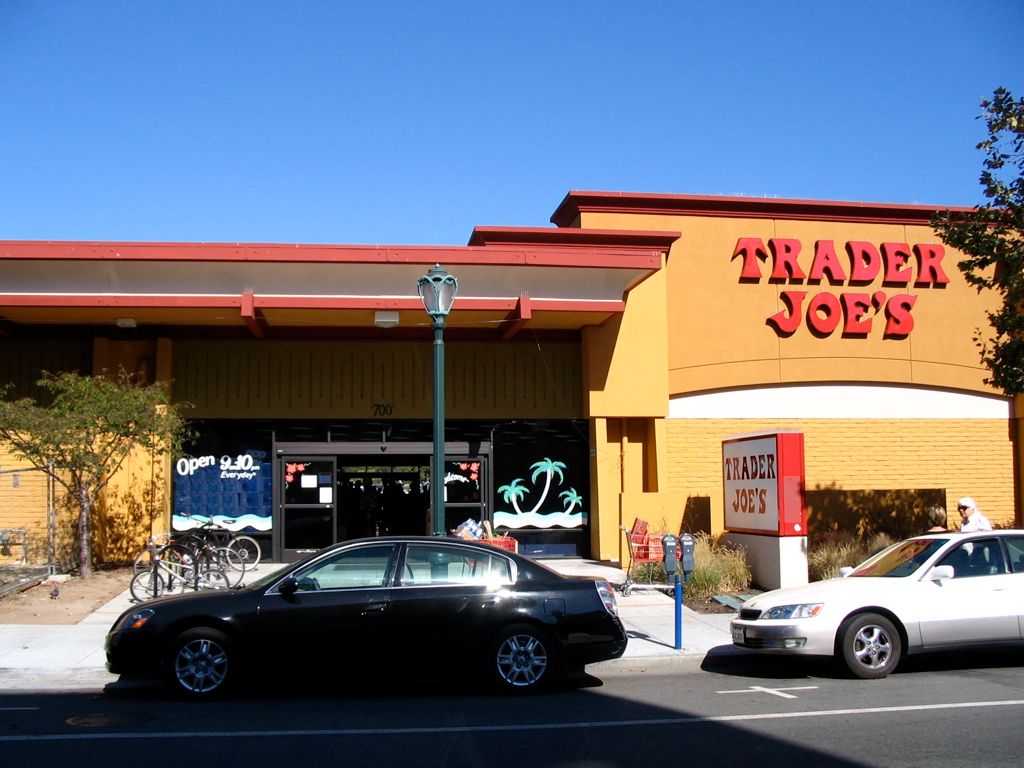
The commercial success of Trader Joe’s serves as compelling validation for their distinctive strategy. In 2022, the company boasted more than 530 locations across 42 states in the U.S., supported by a staff of approximately 10,000, and generated over $13.3 billion in revenue. These figures demonstrate that bucking industry trends can indeed lead to substantial growth and profitability.
For Trader Joe’s, “newness” does not stem from “crazy new ideas like the robot in the aisle that answers questions and helps to clean up spills.” Instead, Basalone explains, “The newness comes from the new customers we’re going to be able to reach, the new products that we’re going to see on our shelves, the new opportunities for the crew members who get promoted and get to run those stores into the future.” This focus on people and product innovation, rather than technological automation, defines their path forward.
Moreover, Trader Joe’s commitment to delivering everyday value on groceries, combined with its eco-friendly practices like using biodegradable and compostable bags instead of single-use plastic, further solidifies its appeal. These choices resonate with a broad consumer base seeking quality, value, and a responsible approach to retail.

In a world increasingly fixated on automation and perceived efficiency, Trader Joe’s stands as a vibrant testament to the enduring power of human connection and a carefully cultivated customer experience. By prioritizing personable staff over impersonal machines, by fostering a unique in-store adventure over click-and-collect convenience, and by doubling down on direct engagement rather than digital distractions, Trader Joe’s has not merely streamlined checkout but has redefined the essence of grocery shopping itself. It’s a place where the warmth of a genuine smile truly gets you out the door faster, leaving you with a cart full of treasures and a spirit uplifted, proving that some innovations are best measured in human moments, not scanning beeps.



